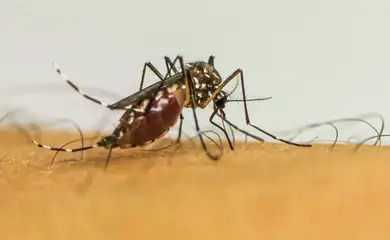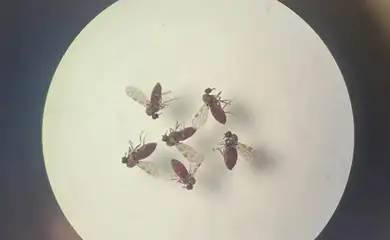Only five states have not reported cases of Oropouche in Brazil

Of the 27 Brazilian states, only the Federal District, Goiás, Paraná, Rio Grande do Norte, and Rio Grande do Sul have not reported cases of Oropouche fever in 2024.

Data from the Arbovirus Monitoring Panel indicates that, as of the beginning of the week, Brazil had recorded 7,653 cases of the disease and two deaths.
The state of Amazonas leads the ranking of Oropouche fever infections with 3,228 cases, followed by the states of Rondônia (1,710 cases), Bahia (844 cases), Espírito Santo (441 cases), and Acre (270 cases).
Fatalities
In July, the Ministry of Health confirmed two fatalities from Oropouche fever in Bahia. Prior to this, no deaths from the disease had been reported in the world's scientific literature.
According to the ministry, the two victims were women, under 30 years old, and had no comorbidities. Both had signs and symptoms similar to severe dengue fever.
Vertical transmission
In the states of Pernambuco, Bahia, and Acre, eight cases of potential vertical transmission of Oropouche fever—where the infection is passed from mother to baby during pregnancy or childbirth—are still under investigation. Half of the affected babies were born with congenital anomalies, including microcephaly, while the other half did not survive. Additionally, a case of fetal death is being investigated in Ceará state.
The disease
Oropouche fever is transmitted by the Culicoides paraensis, also known as biting midges or gunpowder mosquito. Given the mosquito's attraction to organic materials, it is recommended to keep yards clean by removing leaves and organic waste. Additionally, wearing long clothing and closed shoes in areas with many insects can help reduce the risk of infection.






